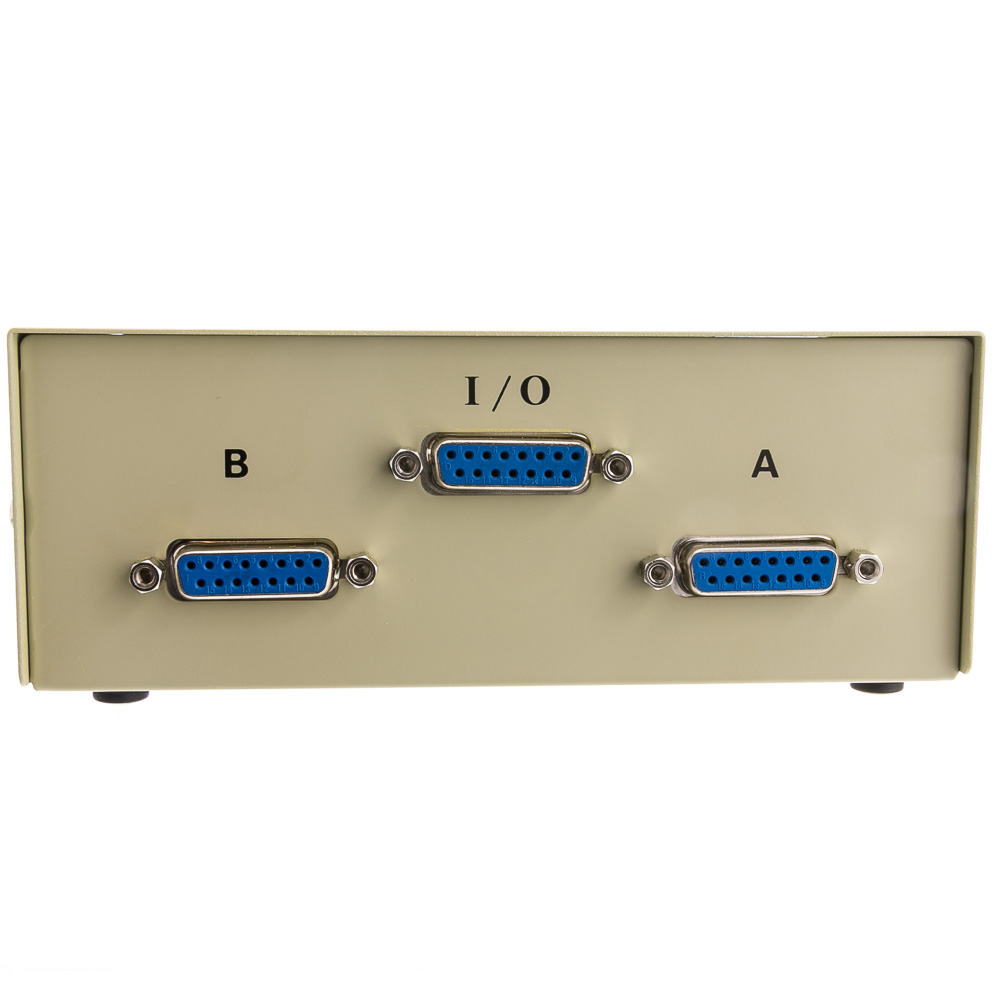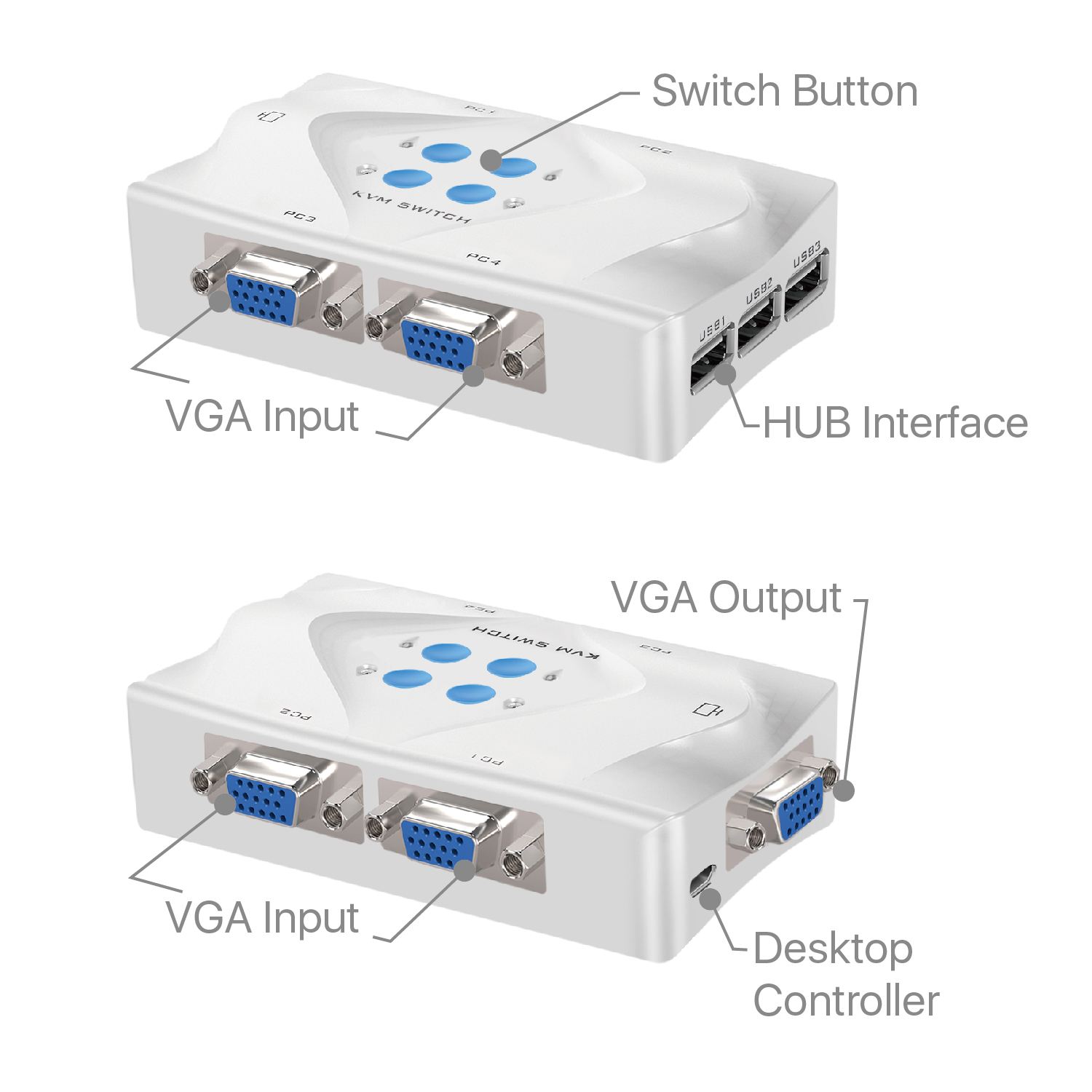
- #SWITCH CONTROL MAC FOR FREE#
- #SWITCH CONTROL MAC HOW TO#
- #SWITCH CONTROL MAC MAC OS X#
- #SWITCH CONTROL MAC INSTALL#
- #SWITCH CONTROL MAC BLUETOOTH#
And yet, it's possible by turning on Mac Screen Sharing and using a third-party solution such as Google Chrome or a paid option. 1 reason Apple hasn't released a native remote feature. iPhone limitations existĪn iPhone isn't ideal for controlling a Mac from a mobile device. To access the content on iPhone, use the Files app. For this to work, you must be logged into the same Apple ID on both machines and use iCloud to store files. With iCloud Drive (opens in new tab), you can share folders and files across multiple Apple devices, including iPhone and Mac. Paid options worth considering include TeamViewer (opens in new tab) and LogMeIn (opens in new tab).
#SWITCH CONTROL MAC FOR FREE#
Nonetheless, you can still get the job done for free using Google Chrome. There are paid remote desktop options (opens in new tab) available to save you a step or two. Choose 'Next.' Enter, reenter a six-digit pin, click 'Start,' and follow the additional directions. It will show the default name, which you can change or replace. Once the extension is installed, you'll head back to the Google Chrome browser and add the computer's name in the box.
#SWITCH CONTROL MAC INSTALL#
Click the button for 'Set up remote access.' Next, click the icon 'Add to Chrome.' Follow the on-screen instructions to install the remote access extension on your Mac.

Visit (opens in new tab) through the Chrome browser and look into your Google account if you haven't already done so. Install the free Google Chrome browser app (opens in new tab) on your Mac. Longtime Mac users will argue that the Command key is a better primary modifier key than Control, but if years of Windows or Linux use have left your pinky finger accustomed to tapping “Control” for most common keyboard shortcuts, then switching the Command and Control keys in OS X will make the experience of using a Mac alongside your other PCs much more consistent.With Screen Sharing activated, note the address and computer name under the 'Screen Sharing: On" section at the top right. Also, if you make too many changes and want set things back to normal, just click Restore Defaults at the bottom of the Modifier Keys menu. Just make sure that every modifier key you wish to use has a valid keyboard key assigned to it, or else you won’t be able to use that modifier key in OS X. Now, whenever you press the Control key on your keyboard, it will act in OS X as if you pressed the Command key, and vice versa.Īs you can guess from the look of the Modifier Keys menu, you can also reconfigure other modifier keys if you so desire, or even disable a modifier entirely by selecting No Action from its drop-down menu. Click OK to save your change and close the window. Likewise, change the Command Key drop-down to Control. To switch the Control and Command keys on your Mac, select the drop-down list to the right of the Control Key and set it to Command.
#SWITCH CONTROL MAC BLUETOOTH#
By default, each entry should be configured as itself (i.e., “Caps Lock” set to Caps Lock), but you can easily change any of the modifier keys to suit your preferences.īefore you make any changes, make sure that your correct keyboard is selected from the Select Keyboard drop-down menu at the top of the window if you have multiple keyboards set up in OS X (such as the built-in keyboard on a MacBook and an external Bluetooth keyboard used at home). Next, make sure you’re on the Keyboard tab and click the button labeled Modifier Keys.Ī new menu will appear showing each of your Mac’s four modifier keys and their current configuration.

#SWITCH CONTROL MAC HOW TO#
Here’s how to do it.įirst, launch System Preferences (located in your Dock by default, or by clicking the Apple icon in your menu bar and selecting System Preferences) and click the Keyboard preference icon.


The good news is that switching the functionality of the Command and Control keys is quick and easy in OS X. If you’ve made the switch to a Mac permanently, you may have already adjusted to using the Command key rather than the Control key, but if you work with multiple operating systems each day, you may want to standardize your modifier key to prevent confusion in your fingers’ muscle memory when switching back and forth. But if you use Windows or Linux, you’re probably accustomed to using the Control key modifier for most of these functions. When paired with other keys on your keyboard, the Command key lets you save documents (⌘-S), copy text (⌘-C), italicize selected text (⌘-I), and much more. The Command key (⌘) is likely the most common modifier key you’ll use in OS X.
#SWITCH CONTROL MAC MAC OS X#
How to Switch the Command and Control Key Functions in Mac OS X


 0 kommentar(er)
0 kommentar(er)
